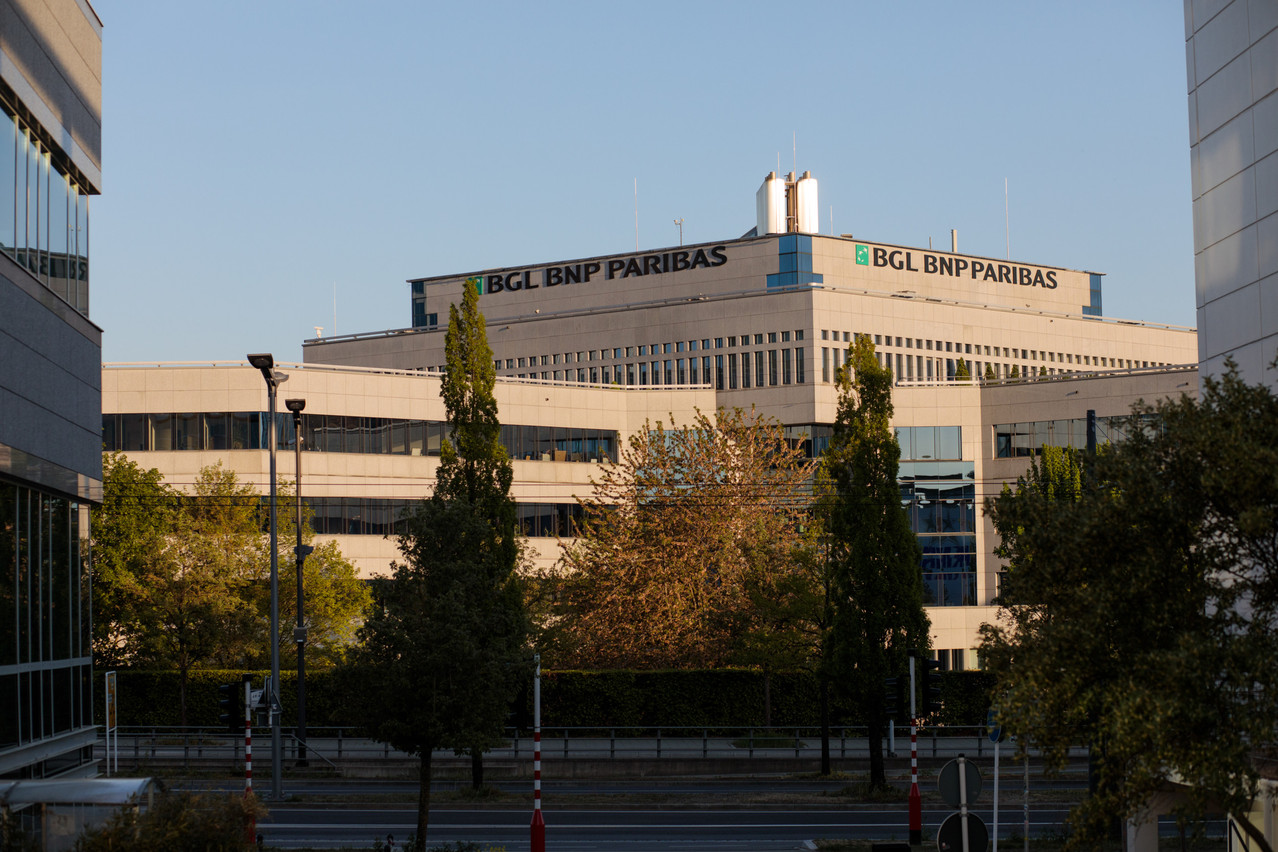On the evening of Friday 26 September 2008, the then minister of budget and treasury, , received a message on his telephone from , CEO of Fortis Luxembourg. Fortis Luxembourg was on the brink of collapse, with its management unsure whether it would be able to reopen the bank’s doors on Monday.
Over the previous few days, the Benelux and French governments had been in talks to come up with a rescue plan for the Fortis group to the tune of €11.2bn, including €2.5bn for the group’s Luxembourg entity. The agreement was reached on Monday 29 September 2008. One of the conditions of this rescue plan was to stop the process of integration of the Dutch bank ABN Amro by the Fortis group, which was proving to be a cash drain. Later, on 5 October 2008, the French group BNP Paribas acquired a 16% stake in Fortis Luxembourg via the Luxembourg state, leaving the latter with a 33% stake in the bank. Through this transaction, Fortis Luxembourg became BGL BNP Paribas.
Spread of the subprime crisis
As soon as the agreement for Fortis was reached, Dexia sounded the alarm on the same day. Faced with the same daily financing problems as Fortis, Dexia’s share price plunged by 29% in one the day. The next day, Tuesday 30 September 2008, the French, Belgian and Luxembourg governments finally agreed on a plan to recapitalise the bank to the tune of €6.4bn.
At the end of these 72 crucial hours, the Luxembourg financial centre came close to disaster. Without a government rescue plan between the various countries concerned, the Luxembourg financial centre would certainly not be the one we know today.
However, more than one of the players in charge of the dossier at the time believes that the Fortis Luxembourg and Dexia crisis could have been avoided, and was a direct consequence of the subprime crisis in the US. Indeed, the American bank Lehman Brothers found itself in bankruptcy just a few days earlier, on 15 September 2008. While the US authorities had already bailed out some major financial institutions, they decided not to save Lehman Brothers from bankruptcy.
Interconnectedness of markets
Some observers at the time speculated that the US government wanted to send a clear message to banks. However, the collapse of the banking giant Lehman Brothers caused a seismic wave that spread beyond the United States to Europe in a matter of days. One of the reasons for this spread was related to bank intermediation, the system by which banks finance each other on a daily basis in the capital markets. At stake was the ability of banks to find sufficient liquidity, a challenge that Fortis and Dexia had to face in September 2008, as they could no longer guarantee their customers’ deposits.
In the wake of the 2008 crisis, legislators in Western countries initiated several waves of regulation aimed at strengthening the resilience of banks to various economic and financial shocks. The scale of these regulatory reforms has been such that it is not uncommon to hear talk of a ‘regulatory tsunami’ in the financial sector, putting banking institutions under constant pressure to comply.
Read the original French version of this article on the website. Next week: 1963 and the Autostrade loan.
